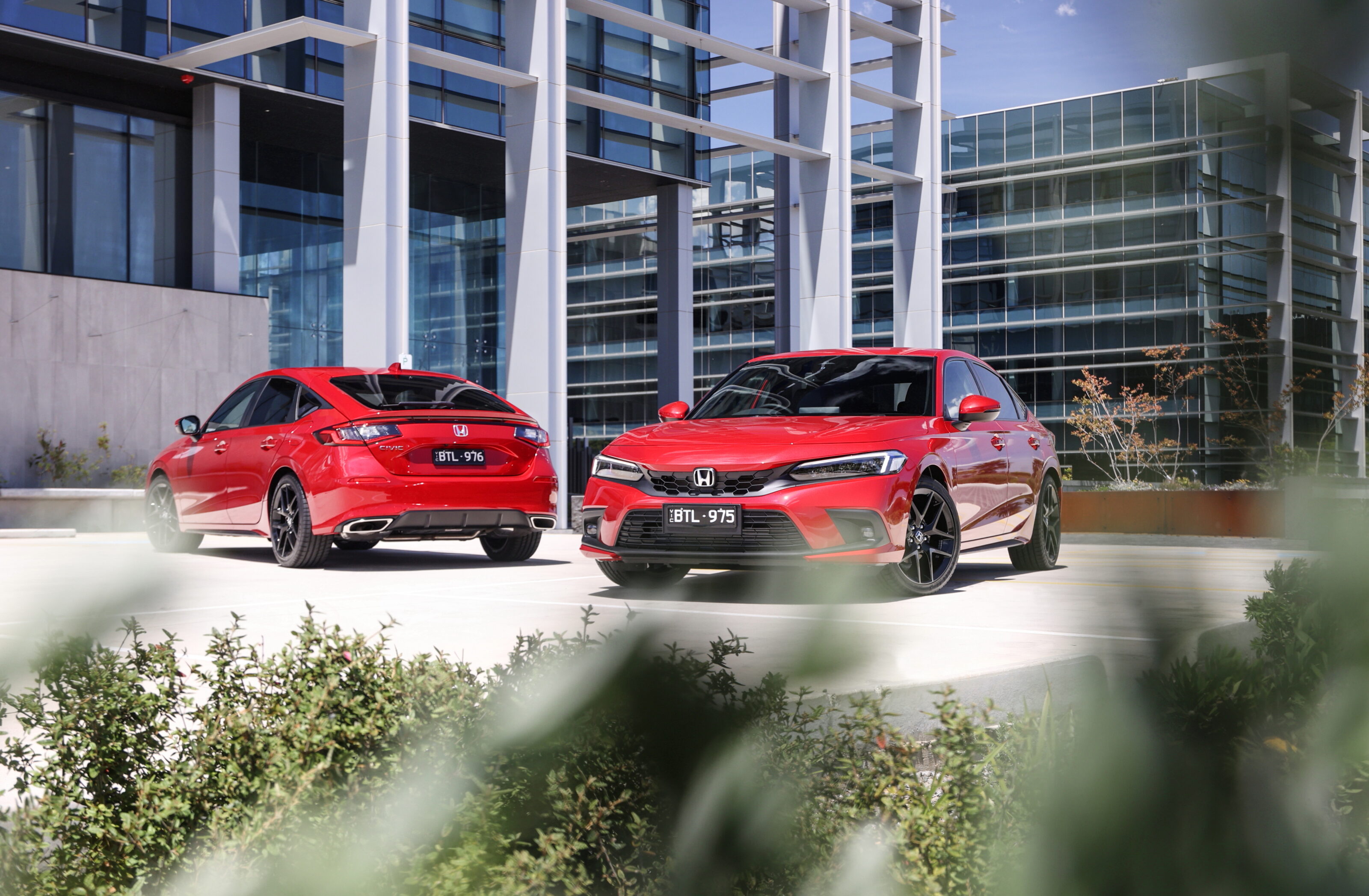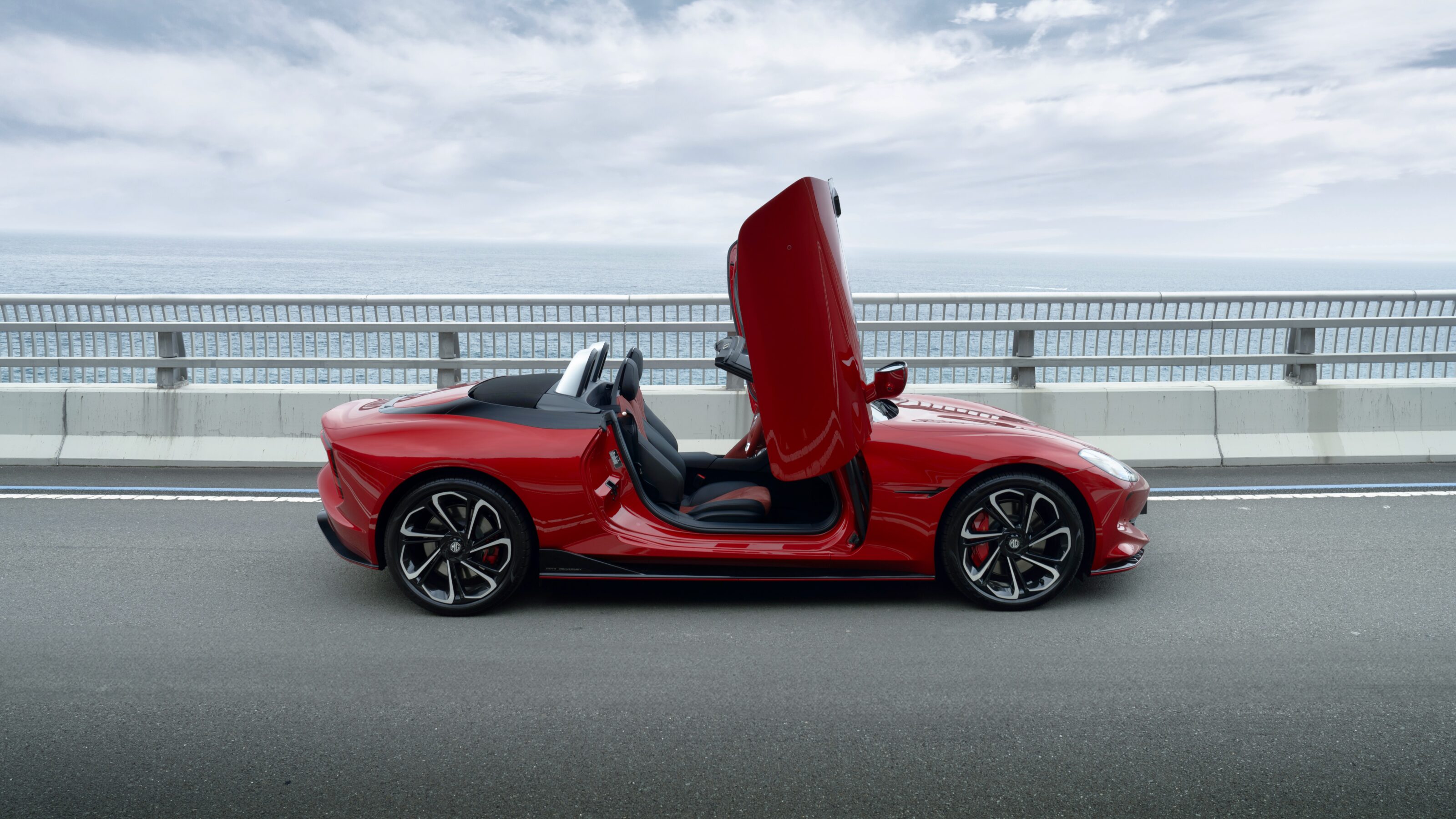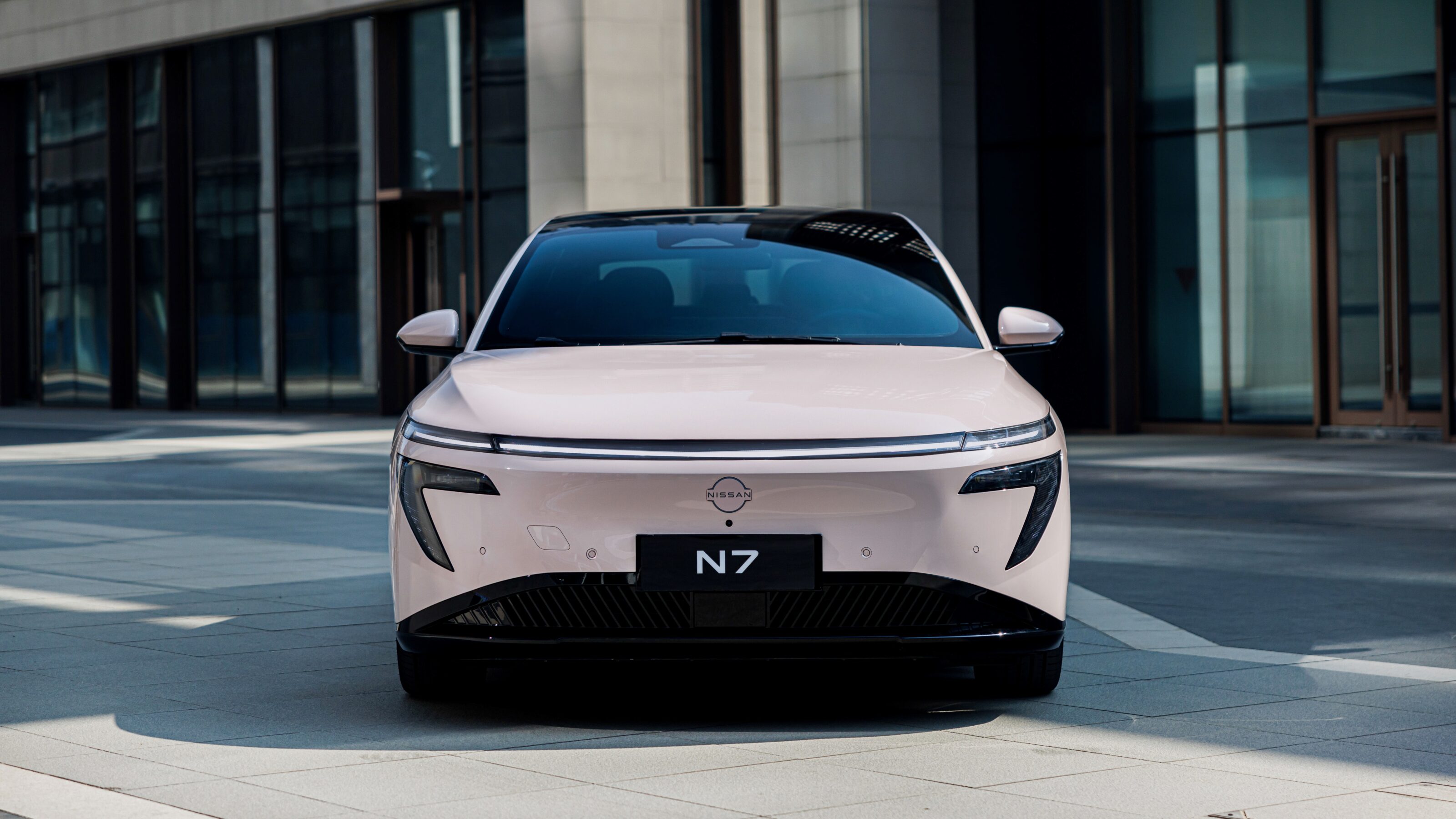Honda has defended an 80 per cent drop in sales for the Civic compared to this time last year, claiming the model is in fact punching above its target.
Just 86 vehicles were recorded as sold in new car VFACTS data in February – compared with 439 in the same month in 2021.
Honda launched its all-new Civic in November last year, raising the price by $7600 to $47,200 and switched to focusing on delivering just one highly-specified variant, the VTi LX – down from a choice of 11 grades in the previous generation.
The price jump was widely criticised at the time, though the list of additional features on the all-new model compared with the outgoing version has been increased.
Despite the apparent sales slump, the firm says the Civic is selling above its revised target for the model, and comparing year-on-year sales data means ignoring the bigger picture.
“The role for Civic in Australia changed with the arrival of the new-generation vehicle at the end of last year,” Belinda Cusworth, general manager of customer experience for Honda Australia, told Wheels.
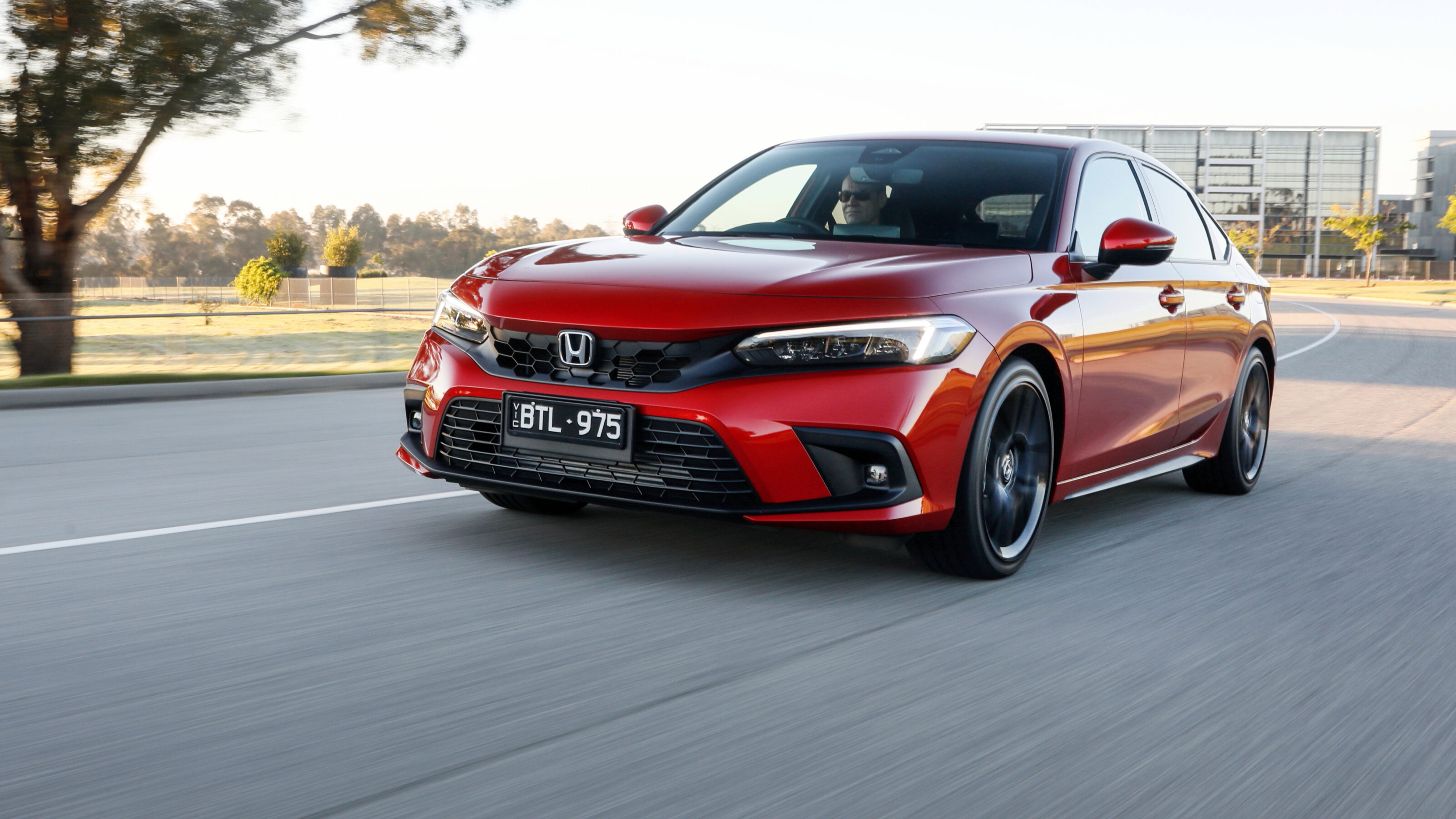
“We are focusing on top grades and premium specification levels as part of our new product strategy, and the lower sales volumes for a single grade of Civic are in line with that new positioning.”
According to the brand, it is aiming to shift 900 units of the new Civic over the first 12 months, and therefore its February sales numbers exceeded the average monthly run-rate required to achieve that target by 15 per cent.
“It is difficult to make a direct comparison between the Honda sales data year-on-year while we are in the 12-month transition phase between old and new business models, as there are a multitude of factors at play that means it doesn’t enable a like-for-like assessment,” Cusworth added.
The Civic isn’t the only small car to suffer year-on-year drawdowns last month, with the Toyota Corolla and Hyundai i30 dropping by 31 per cent and 20.5 per cent respectively – and the entire segment seeing an overall sales drop of 26.4 per cent as buyers increasingly gravitate towards SUVs.
But while the Civic may have exceeded internal expectations, Honda’s new business strategy – coupled with external pressures such as the global semiconductor chip shortage – meant the brand is still struggling to pick up momentum, falling short of its soft target of 20,000 vehicles sold in 2021.

The Japanese carmaker finished the year with 17,562 local sales – a shortfall of more than 12 per cent.
Honda Australia moved to an ‘agency’ model on July 1, 2021, with all of its vehicles now offered at a fixed price, and all stock on dealer lots owned by the company – rather than being ordered in and managed by each individual dealership.
“Chasing volume through the agency model is not where we want to be as a brand,” Director Stephen Collins told Wheels in September 2021.
“The decision to change to this model was ours in Australia, it was not an order coming down from Japan, we looked at how we could improve buying a car which hasn’t fundamentally changed in many decades, we had two choices, accept the status quo or look at what customers want and do that.”
Honda should see a noticeable bump in numbers when the new-generation Civic Type R eventually goes on sale, likely in the second half of 2022.
The hot hatch is expected to arrive with a similar version of the powertrain found in the outgoing model – a 2.0-litre turbocharged four-cylinder powering the front wheels through a manual transmission – with rumours suggesting it could be upgraded with mild-hybrid assistance.
We recommend
-
 News
News2022 Honda Civic Type R imagined in new renderings
We took Honda’s teaser images and peeled back the camo to give you an early look at the new Civic Type R
-
 News
NewsHonda switching to fixed prices in Australia, will drop slow sellers
National one-price and hub-and-spoke dealer network leads sweeping Honda reform from July 1 2021
-
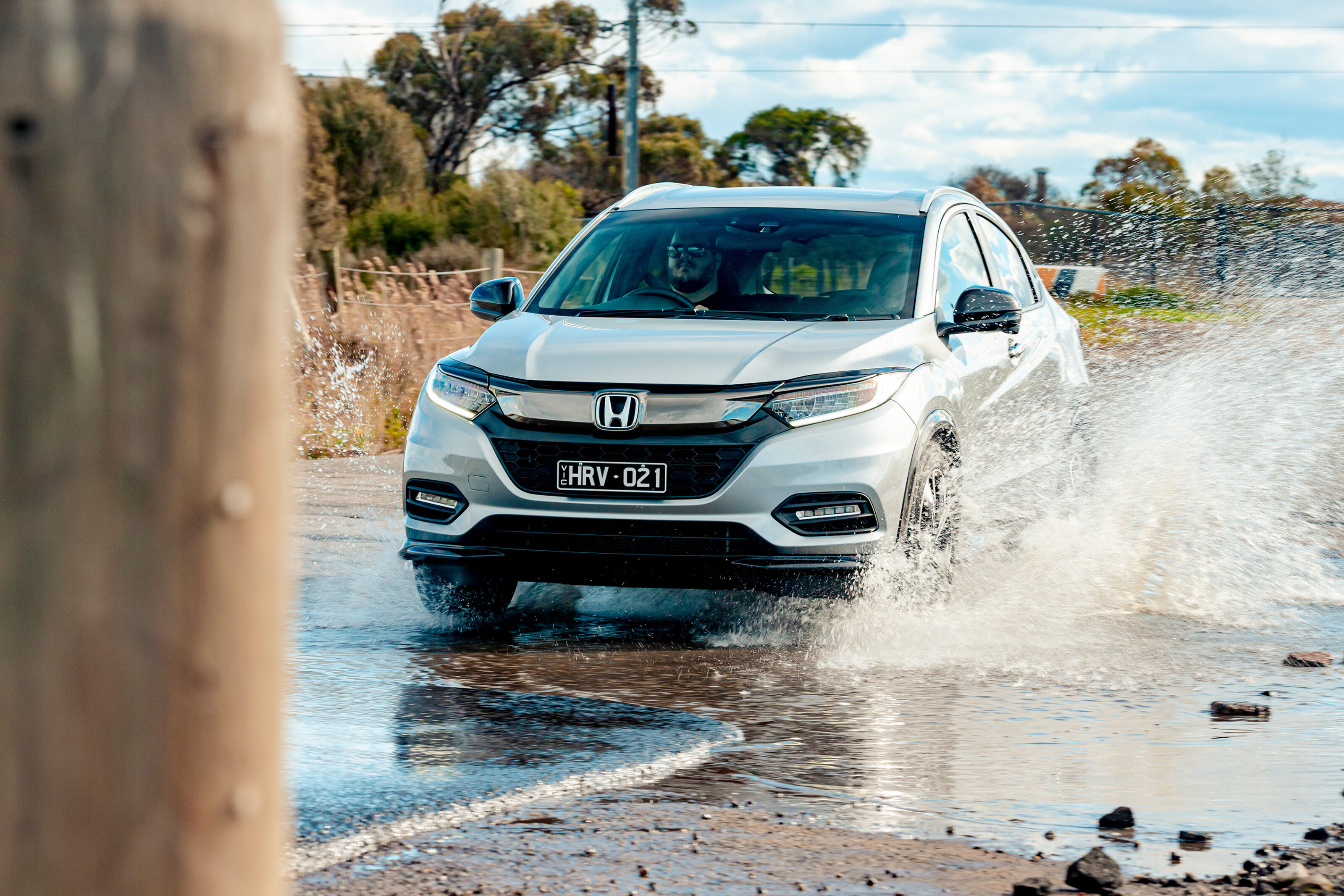 News
NewsHonda Australia 'expecting success' from new sales model – hoping for 20k units by year's end
Aussie arm going 'more upmarket' and focusing on higher-spec models, not interested in joining the big numbers sales race


